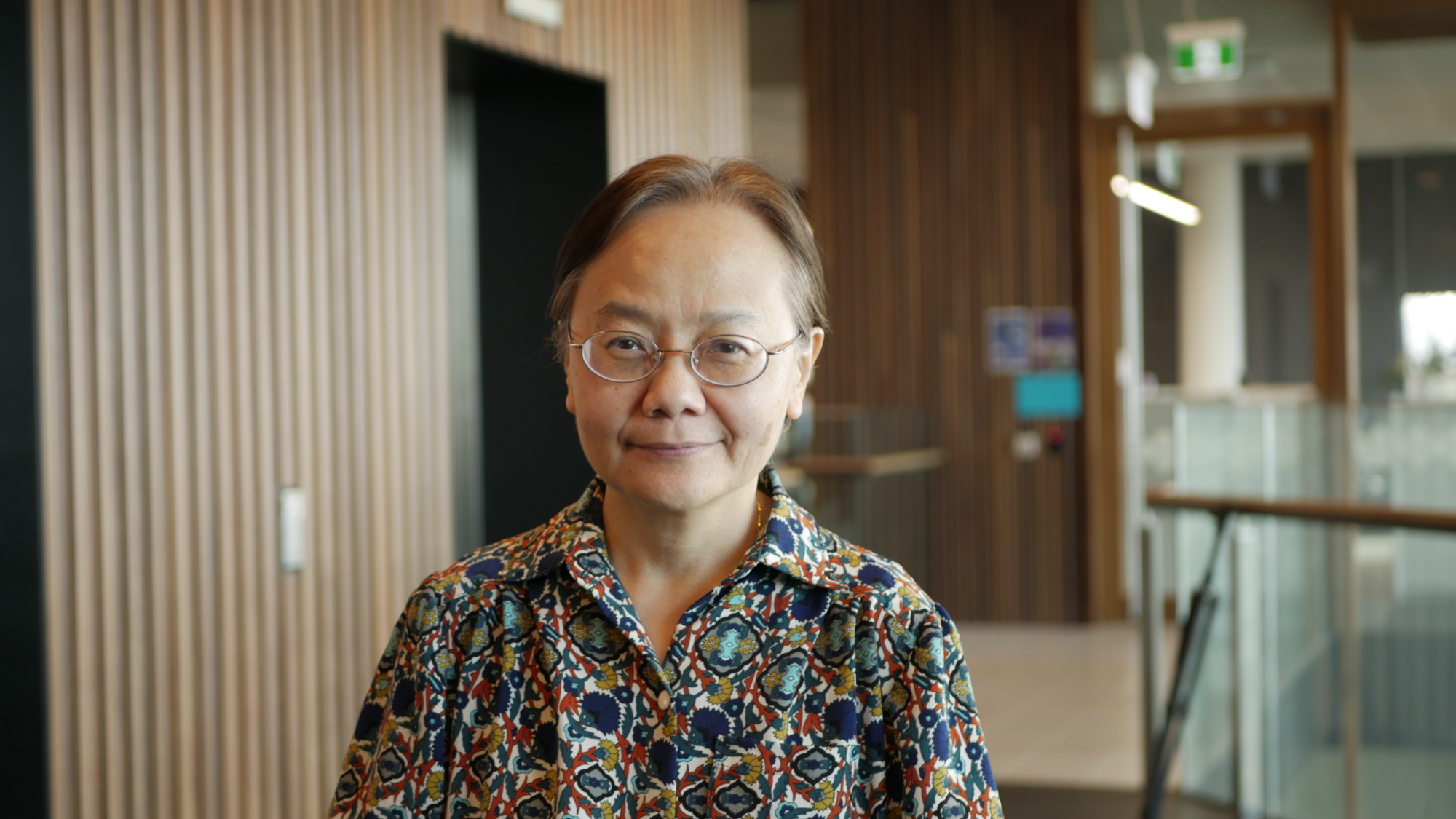
Public health strategies must begin at pre-conception and early childhood to attain optimum lung function for the world’s Indigenous Peoples who bear a higher burden of chronic respiratory disease, say an international research team in a review published in Lancet Respiratory Medicine.
- Indigenous Peoples bear higher burden of chronic respiratory disease
- Respiratory-related hospitalisations for Australia’s Indigenous People 2.4 times higher than non-Indigenous.
- Chronic cough in childhood associated with poor future lung function, lower quality-of-life
Led by childhood respiratory disease expert QUT Professor Anne Chang, from the QUT School of Public Health and Social Work and the Australian Centre for Health Services Innovation, the researchers have called for and developed a framework for global efforts to address the drivers of chronic respiratory disease (CRD).
“The framework’s strategies are important for all people but more pressing for Indigenous People who have a high prevalence of risk factors for CRD including low birthweight, prematurity, poor nutrition, air pollution, and a high burden of infections and poverty,” Professor Chang said.
“In Australia, for example, a 2023 report indicated that 29 per cent of Indigenous Australians self-reported having CRD and their respiratory-related hospitalisation rate is 2.4 times that of non-Indigenous Australians.
“Chronic cough is common among Indigenous children and is associated with poorer future lung function, but when optimally managed, improves their quality-of-life.
“Suboptimal management of CRDs like asthma and bronchiectasis in childhood, increases the risks of poorer future lung function, recurrent exacerbations and hospitalisation and impaired quality of life in children and adults.
“The increasing recognition of the importance of respiratory health in the prevention of future all-cause cardio-vascular morbidity and mortality means that improving respiratory health leads to gains in overall health.”

Professor Chang said other common chronic respiratory contributors included poor antenatal care, high rates of poverty, housing overcrowding, obesity, smoking in Indigenous vs non-Indigenous groups, poor access to care, fewer investigations, interventions and prescriptions.
“Our review found common themes of disparity between Indigenous and non-Indigenous Peoples in Australia, Canada, New Zealand, and USA complicated by childhood drivers of CRD and other factors not specific to lung health such as racism, colonisation, and systemic inequities,” she said.
“Improving Indigenous Peoples’ respiratory health is complex but must address culturally safe services and research, limited resources, collaboration and coordination across all levels of healthcare, health system barriers, health literacy and education and sustainability.
“We posit a four-prong overlapping approach for clinicians to act locally to make a difference to Indigenous Peoples’ respiratory health while the social determinants of health inequality are addressed by political systems.
“This approach calls for initiatives co-designed with Indigenous People that are focussed on children to build capacity in the community, health professionals and researchers; provide high-quality, evidence-based clinical services; health education for policy makers, patients and health professionals; and, culturally appropriate research.”
Chronic respiratory disease in Indigenous peoples: a framework to address inequity and strengthen respiratory health and health care globally was published in the journal Lancet Respiratory Medicine.
(Main Image: Getty Images Credit: martin-dm. Collection: E+)
QUT Media contact:
Niki Widdowson, 07 3138 2999 or n.widdowson@qut.edu.au
After hours: 0407 585 901.


